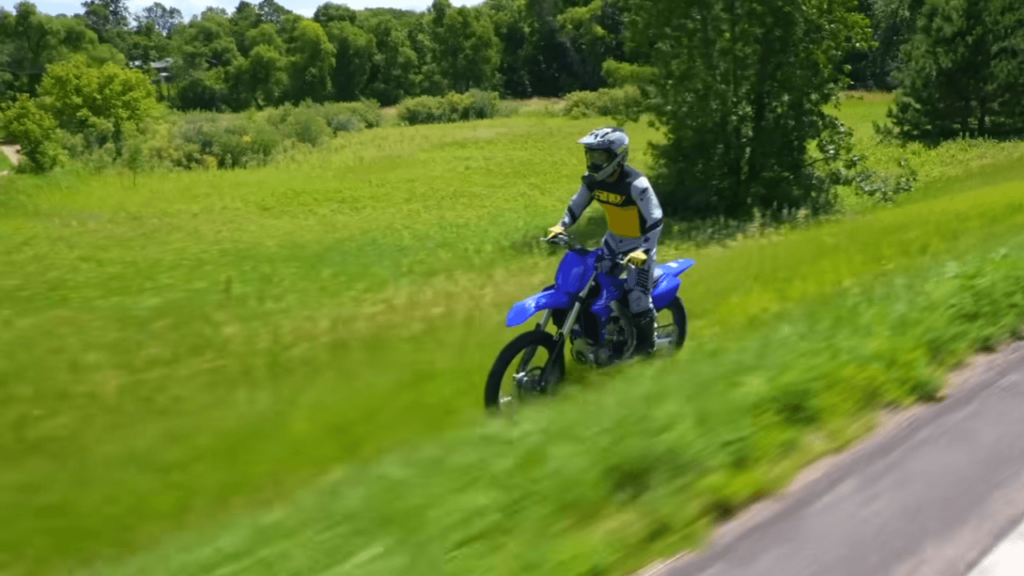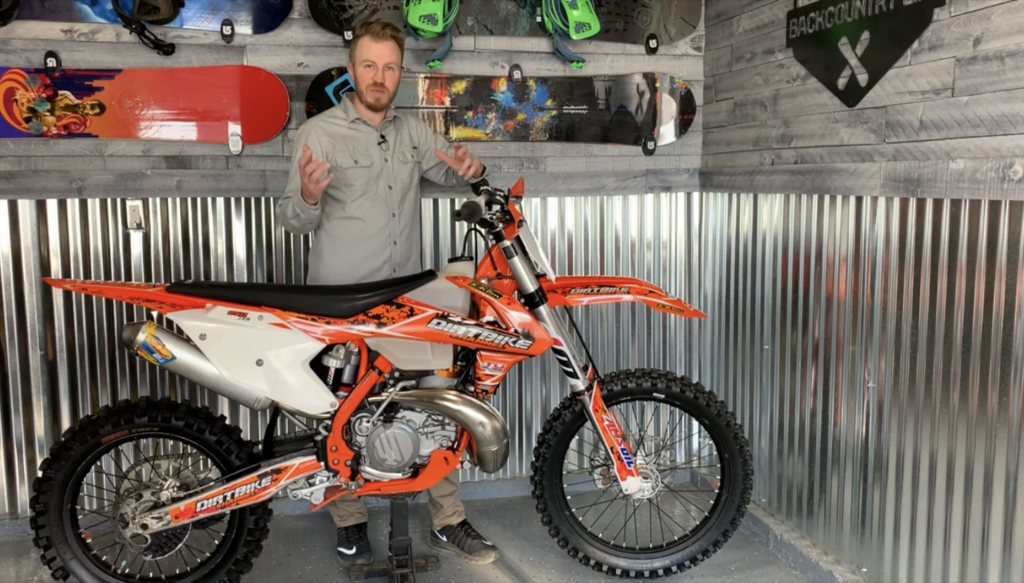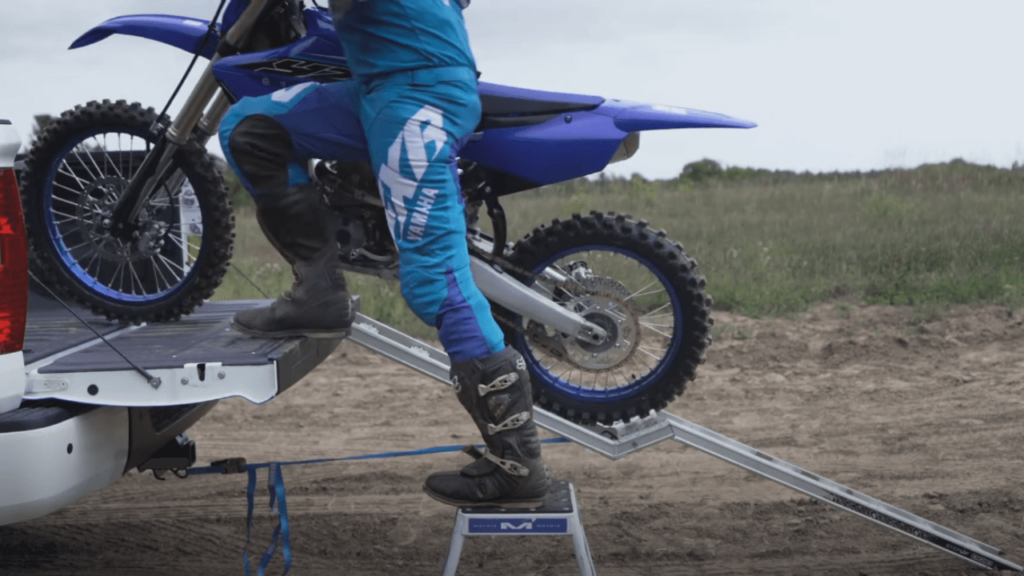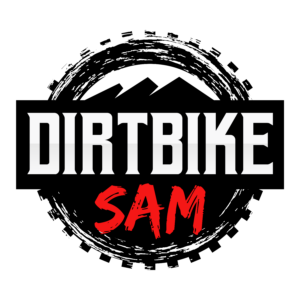In today’s digital age, buying almost anything online has become the norm, and dirt bikes are no exception. Whether you’re an experienced rider looking to upgrade or a beginner eager to kick up some dirt, purchasing a dirt bike online can be a convenient and cost-effective option. However, it’s essential to approach the process with care to ensure you get the right bike for your needs and avoid potential pitfalls. In this guide, we’ll walk you through the steps to make buying a dirt bike online as easy as possible.
Table of Contents
Know Your Needs and Skill Level
Before you dive into the online marketplace, take some time to evaluate your needs and skill level. Different dirt bikes are designed for various purposes and skill levels. Are you a novice looking for a beginner-friendly bike or an experienced rider searching for a high-performance machine? Do you plan to ride primarily on trails, tracks, or both? Knowing your requirements will help you narrow down your options and make an informed decision.
Research and Compare
The internet is a vast treasure trove of information, so use it to your advantage. Start by researching the brands, models, and features that align with your needs and budget. Visit manufacturer websites, read reviews on reputable online platforms, and join dirt biking forums to gather insights from fellow riders. Create a list of potential options and make note of their specifications, prices, detailed ratings, and user reviews.
Set a Budget
Dirt bikes come in various price ranges, from budget-friendly options to high-end models. Determine how much you’re willing to spend and stick to your budget. Remember that the cost of owning a dirt bike includes the initial purchase, maintenance, gear, and accessories. It’s essential to have a clear budget to avoid overspending and ensure a smooth buying process.

Find a Reputable Seller
Choose a reputable seller or platform When buying a dirt bike online. Look for websites or dealerships with a strong track record of customer satisfaction. Popular online marketplaces, such as eBay and Craigslist, can be options, but be cautious of private sellers who may not provide the same level of accountability as established dealers. Consider contacting local dealerships as well; they may have online sales options or recommendations.
eBay – The Wild Wild West of Two-Wheel Trades:
Picture this: You’re scrolling through eBay, and suddenly, you stumble upon a listing that reads, “Dirt Bike: Slightly Used. Only Jumped Over Grandma’s Rose Bushes Twice.” eBay is a treasure trove of dirt bike listings, and sometimes, you’ll find dirt bikes for sale that make you scratch your head in amusement. Just remember to check for any quirky modifications, like a custom saddlebag for carrying your pet hamster, Fluffy.
Craigslist – Where Bikes and Tall Tales Collide:
Craigslist is the digital equivalent of a dusty garage sale, complete with intriguing descriptions like, “For sale: Dirt bike – previously owned by a retired astronaut who raced it on the moon.” Be prepared to meet sellers who claim their dirt bike has the horsepower of a rocket ship. Remember, it’s essential to separate fact from fiction, even if you secretly hope for a rocket-powered dirt bike.
Facebook Marketplace – Dirt Bikes and the Art of Negotiation:
Ah, Facebook Marketplace, where you can haggle with fellow riders as you both try to score the best deal. It’s like an episode of “Pawn Stars,” but with more dirt. Just be ready for conversations that sound like this: “Would you take $1,000?” “No way, $1,001!” “Deal!” Sometimes, it’s all about the thrill of the negotiation.
Manufacturer Websites – The Shiny Showrooms of the Internet:
If you’re more of a straight shooter, you can always visit the official websites of dirt bike manufacturers. There, you’ll find brand-new, shiny bikes, presented with all the pomp and circumstance of a red-carpet event. It’s like shopping for a dirt bike in a five-star hotel. Just don’t be surprised if your wallet starts whimpering.
Online Retailers – Where Gearheads Unite:
Online retailers like offer a curated selection of dirt bikes and gear. It’s like a candy store for off-road enthusiasts. Plus, they usually have customer reviews that are either incredibly helpful or hilariously vague, like “Good bike. I bought it. It’s red.” Thanks, Captain Obvious!
Dirt Bike Forums – Where the Experts Hang Out (and Some Not-So-Experts Too!):
Forums are a goldmine of information, and they’re also a hub of camaraderie and humor. You’ll find seasoned riders sharing tips and stories, along with some… shall we say, creative advice. Just remember, if someone suggests replacing your handlebars with pool noodles for improved handling, maybe take it with a grain of salt.
Inspect the Bike Thoroughly
One challenge of buying a dirt bike online is the inability to inspect the bike in person. However, you can mitigate this by requesting detailed photos and information from the seller. Ask for high-quality bike images from various angles, focusing on critical components like the engine, frame, suspension, and tires. Inquire about the bike’s maintenance history and any recent repairs or modifications.

If possible, request a video call with the seller to get a live look at the bike and ask questions about its condition. Additionally, consider using third-party inspection services that can provide a professional assessment of the bike’s condition for a fee.
Check the Legalities
Before finalizing your purchase, ensure that the dirt bike meets all legal requirements in your area. Check for documentation such as the title, registration, and emissions compliance. Verify that the bike is not stolen by checking its serial number against online databases or contacting local authorities.
Secure a Safe Payment Method
Online transactions should always be conducted securely. If you’re buying through an online marketplace, use the platform’s recommended payment methods, such as PayPal or secure escrow services, to protect your financial information. Avoid making cash transactions or wiring money directly to the seller, as these methods offer little recourse if something goes wrong.
Understand the Return Policy
Knowing the seller’s return policy before purchasing is crucial. Understand what recourse you have if the bike arrives in a condition that doesn’t match the description or if you encounter any other issues. Reputable sellers often offer a grace period during which you can return the bike for a refund or exchange.
Factor in Additional Costs
In addition to the cost of the dirt bike itself, remember to factor in additional expenses. You’ll need safety gear, such as a helmet, gloves, goggles, and protective clothing. Maintenance costs, including regular servicing and replacement parts, should also be part of your budget. Being financially prepared for these additional costs will ensure a seamless ownership experience.
Arrange Transportation
Once you’ve successfully purchased your dirt bike online, you must arrange transportation to get it to your location. Some sellers may offer shipping services, but if not, you’ll need to plan how to transport the bike safely. Your best option will likely be to contract a motorcycle transportation company or a one of these dirt bike transportation companies that we reviewed previously. You can also consider renting a dirt bike trailer or using a vehicle equipped for bike transport. Ensure that you have all the necessary equipment, such as tie-down straps, to secure the bike during transit and follow our tips on transporting your dirt bike across the US if you decide to transport it on your own.

Buying a dirt bike online can be a convenient and rewarding experience when approached with caution and thorough research. Knowing your needs, setting a budget, finding a reputable seller, and carefully inspecting the bike are all essential steps to ensure a successful purchase. With the right preparation and attention to detail, you can make buying a dirt bike online as easy as possible and start enjoying your off-road adventures in no time.
Tips for First-Time Buyers
The key is not just in selecting the right bike, but in ensuring that the entire buying process aligns with your expectations and safety requirements.
- Define Your Budget: Remember, the initial purchase is just the beginning – consider additional costs like gear, maintenance, insurance, and possible upgrades. Opt for a bike that offers a balance between quality and affordability.
- Reliability: For your first bike, prioritize reliability over high performance. It’s more important to have a bike that won’t frequently break down. Look for models known for their durability and ease of maintenance.
- Consult with Experienced Riders: If you have friends or acquaintances who are seasoned dirt bikers, their advice can be invaluable. They can provide insights on which bikes are beginner-friendly and what you should expect in terms of maintenance and handling. They might also point you to reputable sellers and warn you about common pitfalls in the buying process.
- Understand the Full Specs: Dive deep into the specifications of the bikes you are considering. Check the engine size, seat height, weight, suspension settings, and brake systems. For beginners, a bike with a lower seat height and less aggressive power delivery is often recommended as it’s easier to handle and control.
- Verify Seller Credibility: When you find a potential bike, thoroughly check the credibility of the seller. Look for reviews, ratings, and feedback from previous buyers. It’s important to ensure that the seller is reputable and trustworthy, especially when making a significant online purchase.
- Prepare for Ownership: Once you’ve decided on a bike, prepare for its arrival. This means setting up a space to keep it, acquiring the necessary riding gear, and perhaps scheduling a maintenance check-up. Familiarize yourself with the owner’s manual, and consider enrolling in a dirt bike riding course if you’re a complete novice.
Conclusion
If you are new in this world this process might not seem stressful or complicated but trust me, it is. As someone who has been in this world for over 15 years, choosing a dirt bike requires more knowledge of dirt biking.
The vast online resources, from detailed reviews to enthusiast forums, serve as invaluable tools in this quest for knowledge, enabling buyers to make well-informed choices that resonate with their riding aspirations and budgetary confines.
Setting a clear budget is crucial, as it encompasses not just the initial purchase but also the ongoing costs of maintenance, gear, and necessary accessories, ensuring that the joy of dirt biking is not overshadowed by unforeseen expenses.
Choosing a reputable seller is paramount, as it guarantees a level of trust and accountability in the transaction.
The adventure of selecting the right dirt bike is often punctuated with vibrant descriptions and enticing offers, yet the astute buyer remains vigilant, seeking out credible sources and verifiable information to avoid the pitfalls of online purchasing.
The detailed scrutiny of the bike, facilitated by high-quality images, videos, and, if possible, third-party inspections, forms the cornerstone of a secure investment, safeguarding against the risks of online transactions.
FAQ About How to Make Buying a Dirt Bike Online as Easy as Possible
How much should I pay for my first dirt bike?
Generally, for a new entry-level dirt bike, prices can range from $3,000 to $8,000. Used bikes can cost significantly less but require careful inspection to ensure they are in good condition.
What is the best age to get a dirt bike?
The best age to start riding a dirt bike varies based on the individual’s maturity, physical ability, and interest. Kids can start riding small, electric, or 50cc dirt bikes as young as 3 to 7 years old, under close supervision.
What CC is good for beginners?
For adult beginners, a dirt bike with an engine size ranging from 125cc to 250cc is typically recommended.
Is a 250 dirt bike too much for a beginner?
A 250cc dirt bike can be suitable for beginners, depending on the rider’s size, maturity, and learning curve. It’s seen as a sweet spot, providing enough power to be engaging but not overwhelming, allowing riders to develop their skills confidently.



